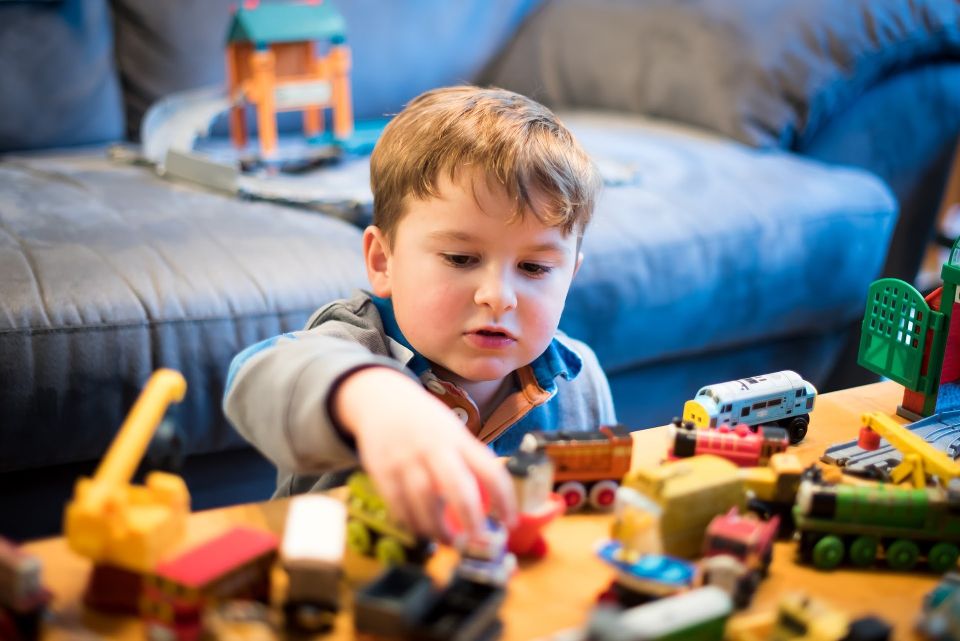.

Tips for Eliminating Transition Challenges with Kids
Does your child dawdle or go into full-blown meltdown mode when you transition from one thing to another? Common struggle areas include getting into the car, ending video games, or getting ready for bed. Sometimes the way we handle transitions can minimize tantrums and help our child learn to manage to end something they really enjoy.
